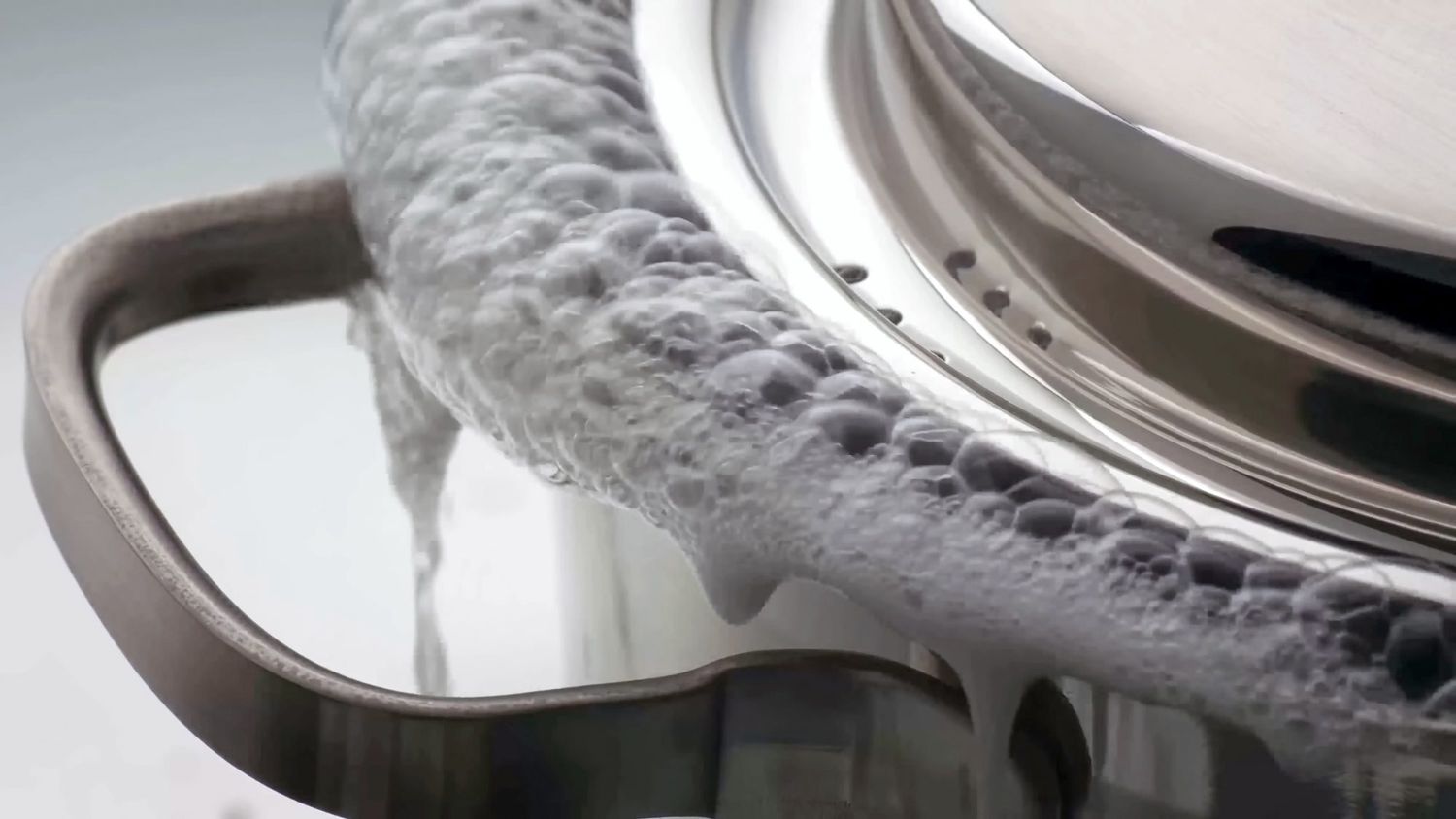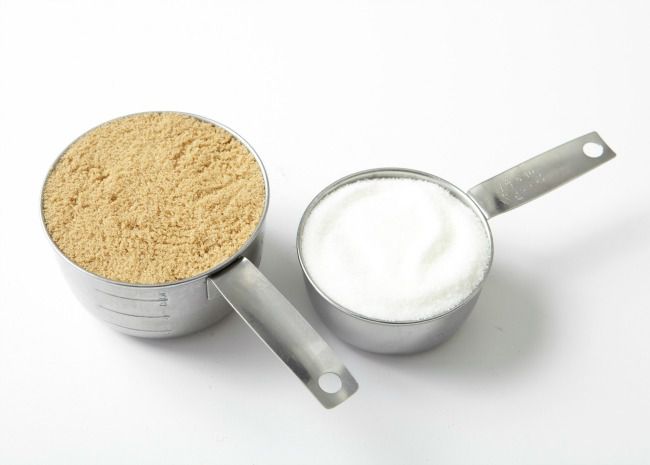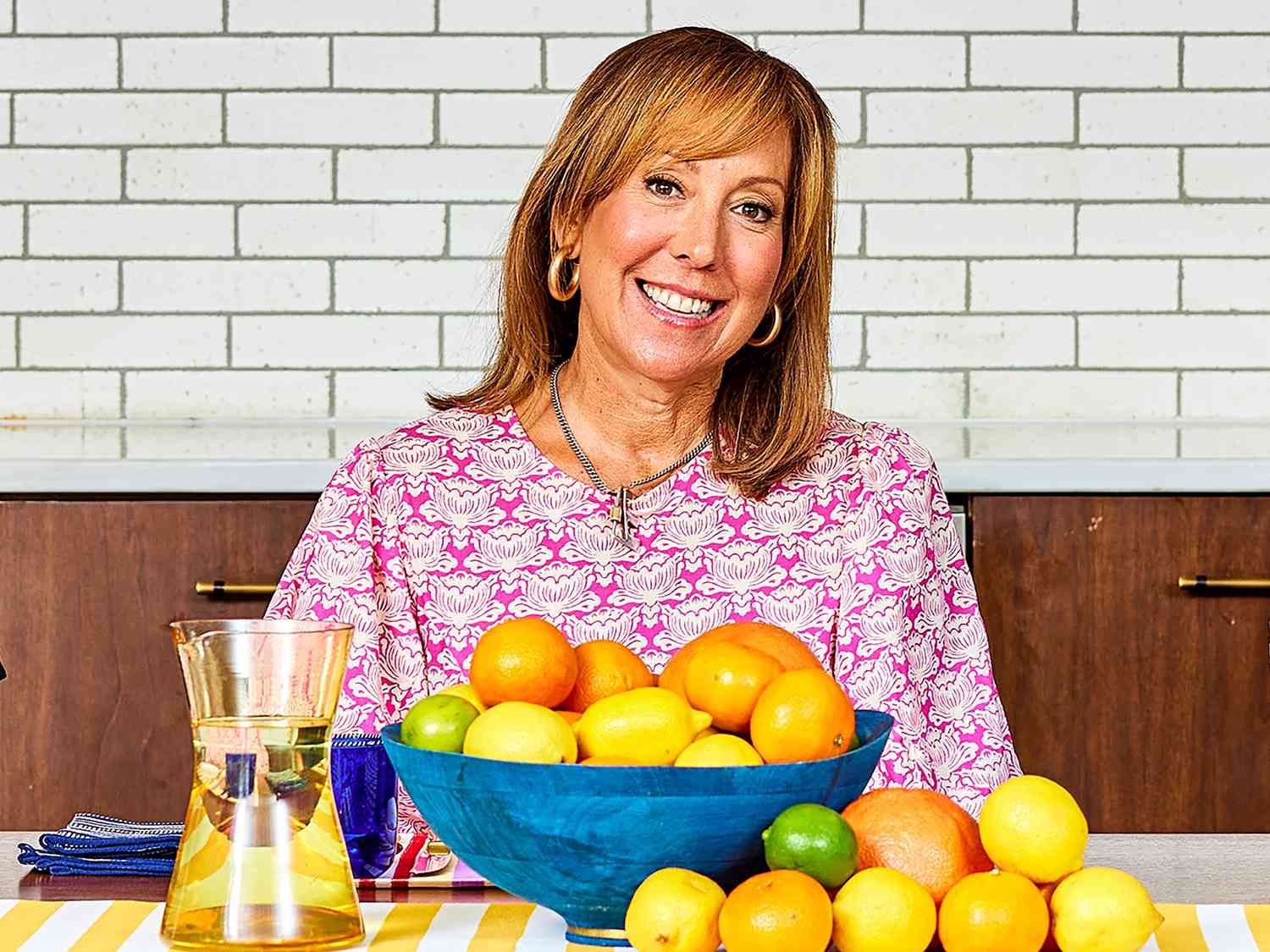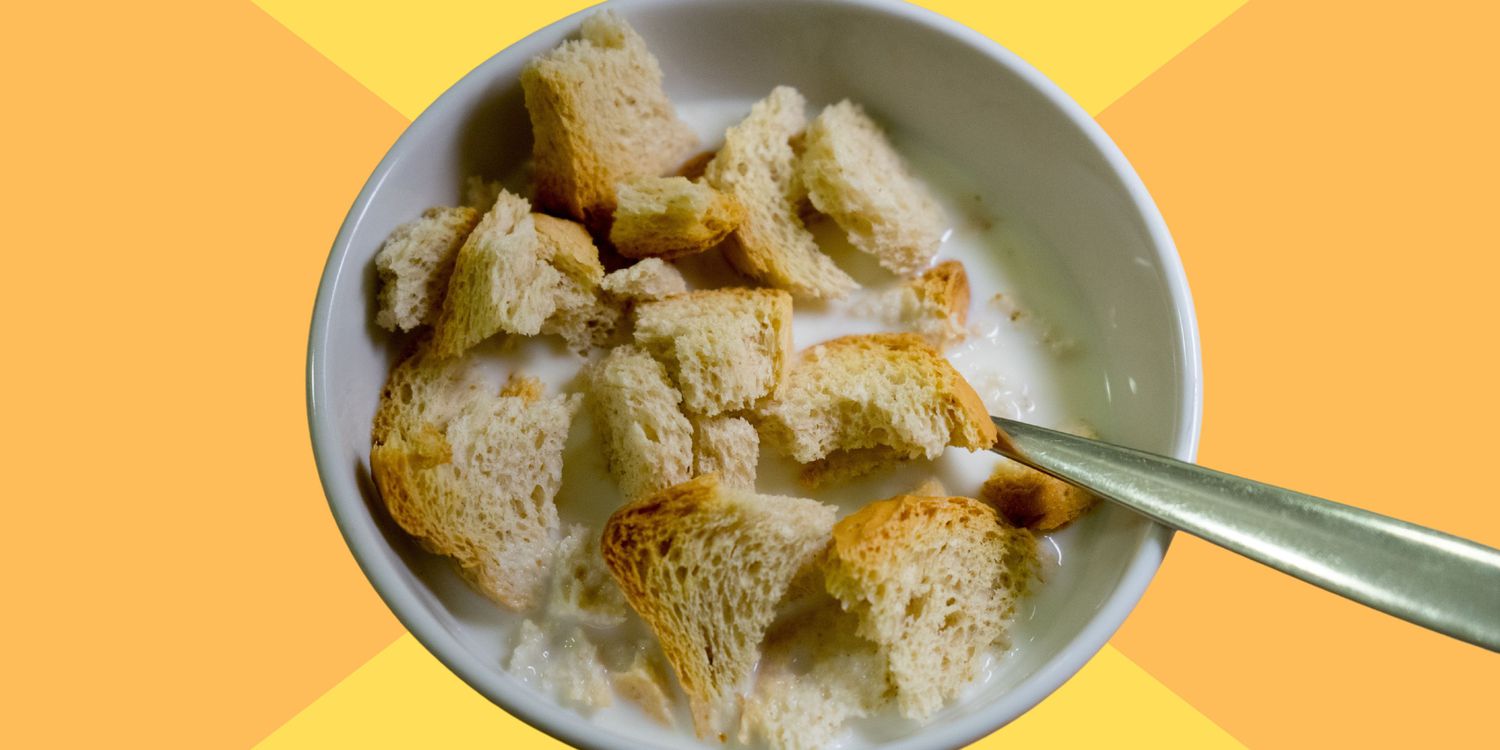There’s one constant when it comes to cooking rice (or at least there is in my kitchen): No matter the size of the vessel or the amount or rice or water, the pot will bubble over, leaving a starchy goo on the outside of my pot and underneath my burner.
That goo instantly hardens into a stubborn crust, and well, let’s just say that I’ve eaten many riceless meals simply to avoid the pain of cleanup.
So why does this happen? And is there really anything (aside from buying a rice cooker) that can be done?

Why Your Rice Boils Over
Rice grains are coated in lots of starch — more than you’d think possible for such tiny grains. When boiled in water, those starches form big, soapy, angry bubbles that steam pushes up and out of the pot.
As much as the bubbles need to escape, the rice needs lots of liquid to cook through; you have to keep the lid on so that liquid doesn’t evaporate too quickly. A bigger pot just allows for bigger bubbles or is too wide for the liquid to adequately cover the grains. It’s a sticky, starchy, bubbly mess, often leading to under- or overcooked rice.
How to Keep Your Rice From Boiling Over
Many solutions either don’t work (adding oil to the pot, creating a tight seal with foil) or are enough of a hassle to make rice not worth cooking (long soaks or multiple rinses). This foolproof method is quick, easy, and all but banishes those bubbles from your pot.
Step 1: Give your rice a quick rinse. Place dry rice in a mesh strainer, and rinse under cold water for 30 seconds, agitating constantly with your fingers.
Step 2: Cook over very low heat. Add the strained rice to boiling water, cover, and turn the heat to low. Your rice may take a few minutes longer to cook, but far fewer bubbles will form.
Step 3: Finish with a towel steam. When almost all the liquid has evaporated, turn off the heat, place a tea towel underneath the lid, and let stand 5 to 10 minutes. The towel absorbs the starchy steam (no gluey residue on your lid!) and ensures your rice won’t overcook.
Check out our complete guide to rice for everything else you need to know, from the different varieties to cooking methods and recipes.




